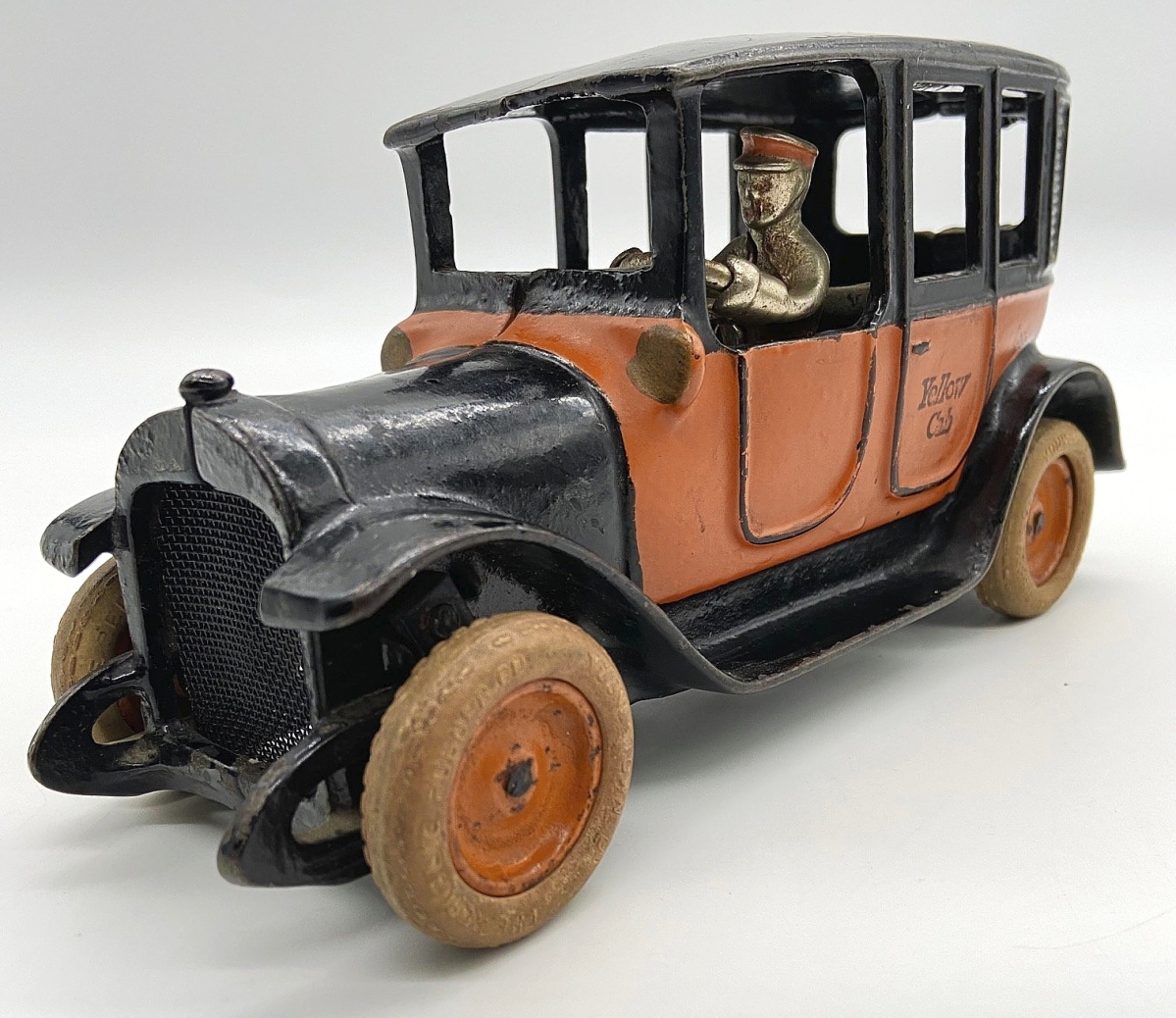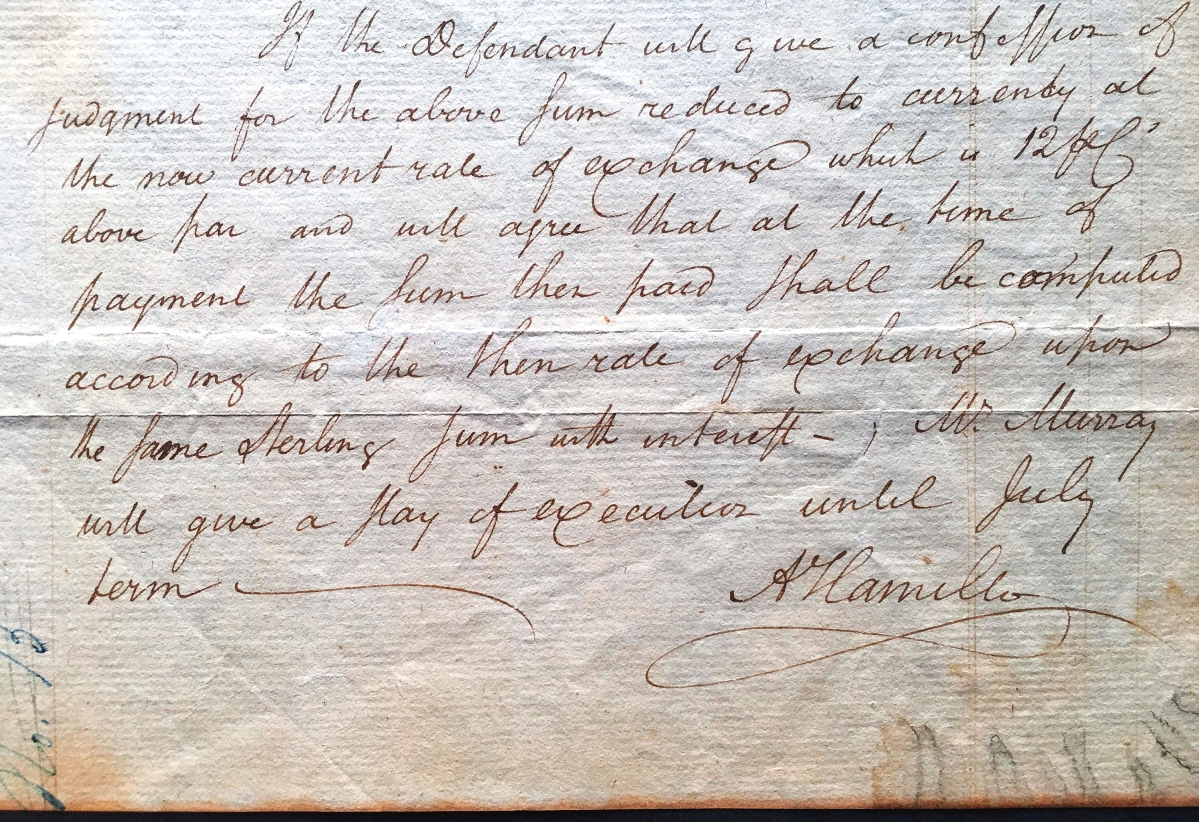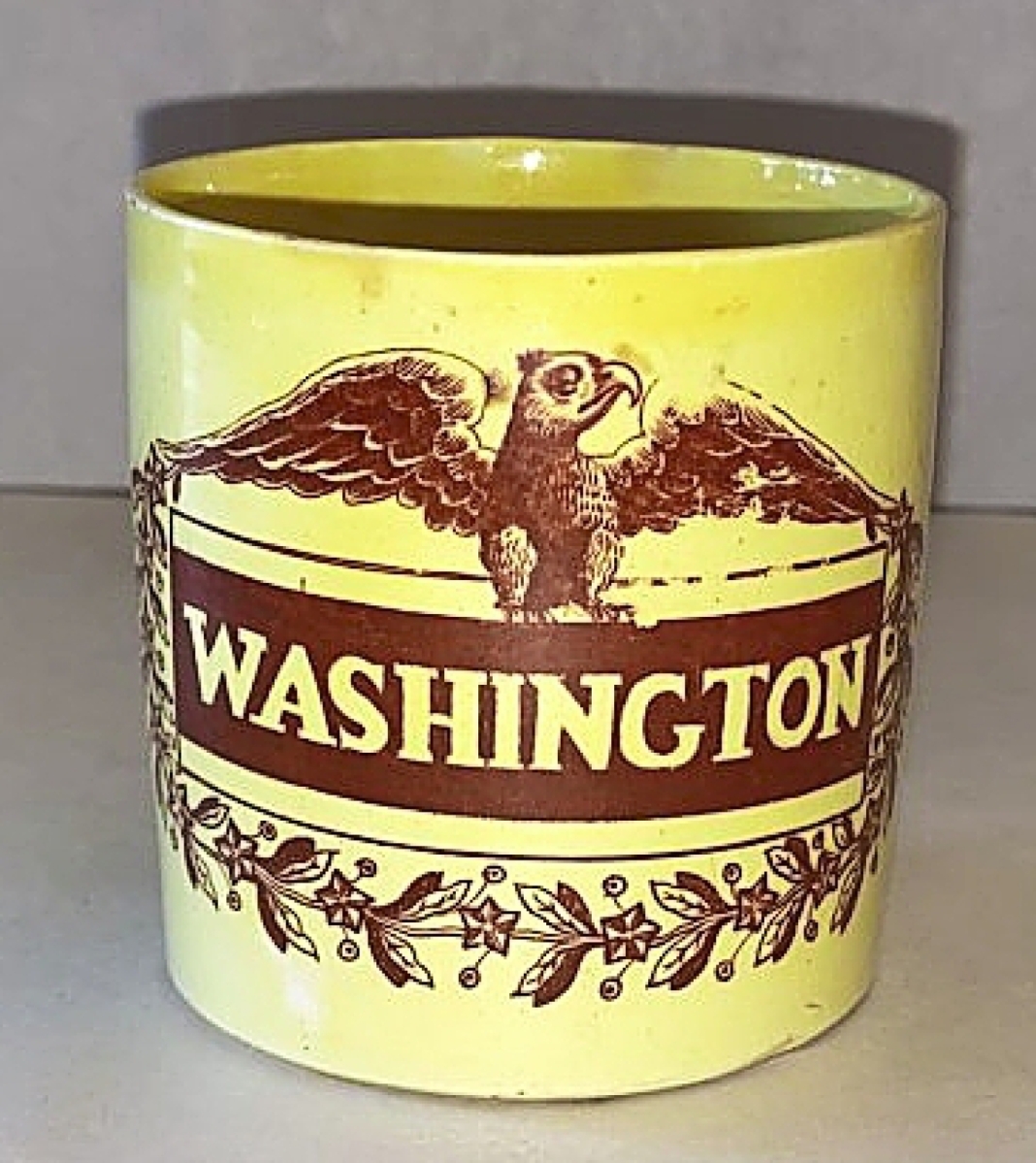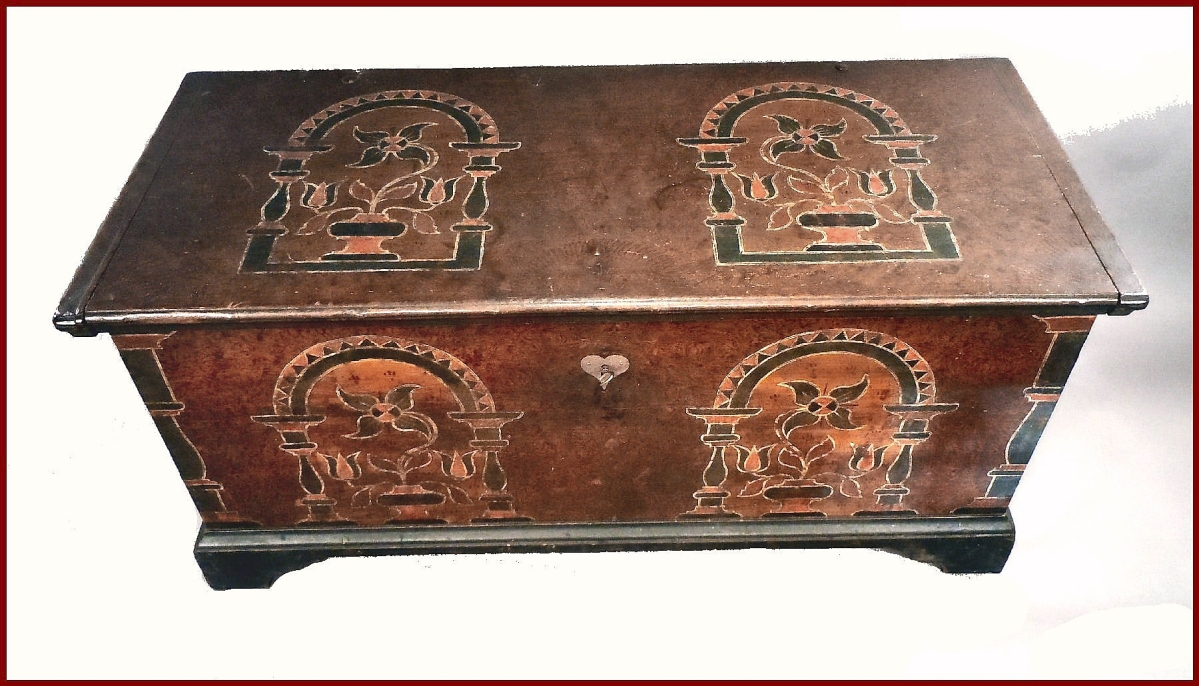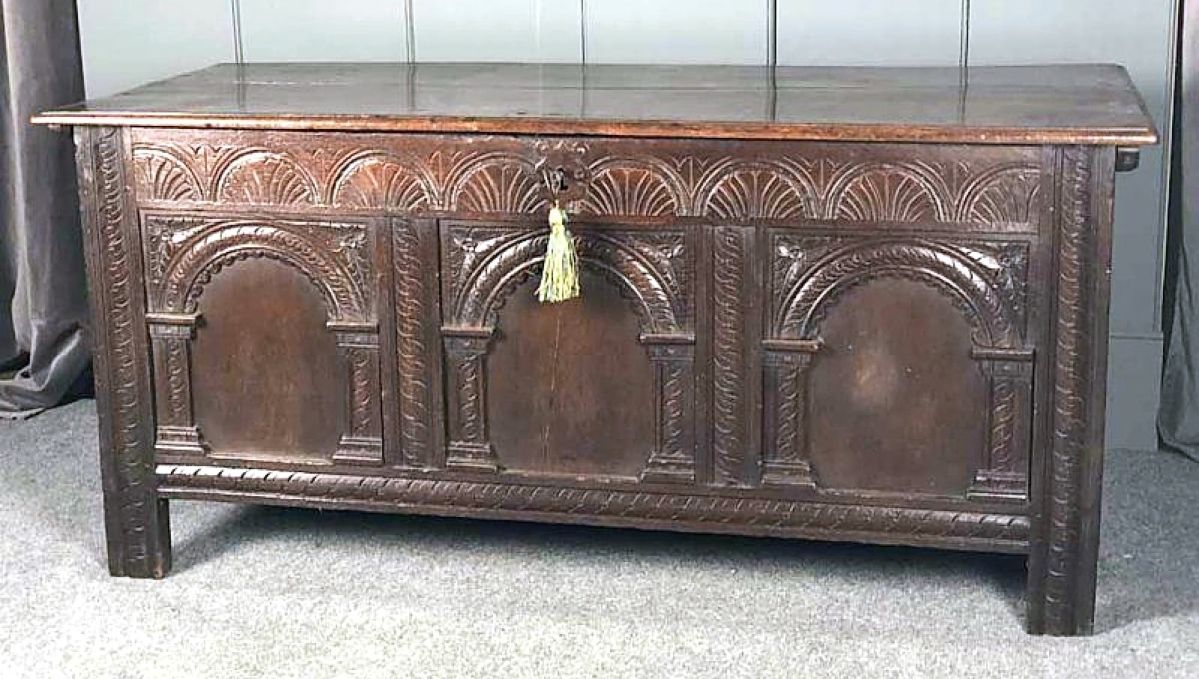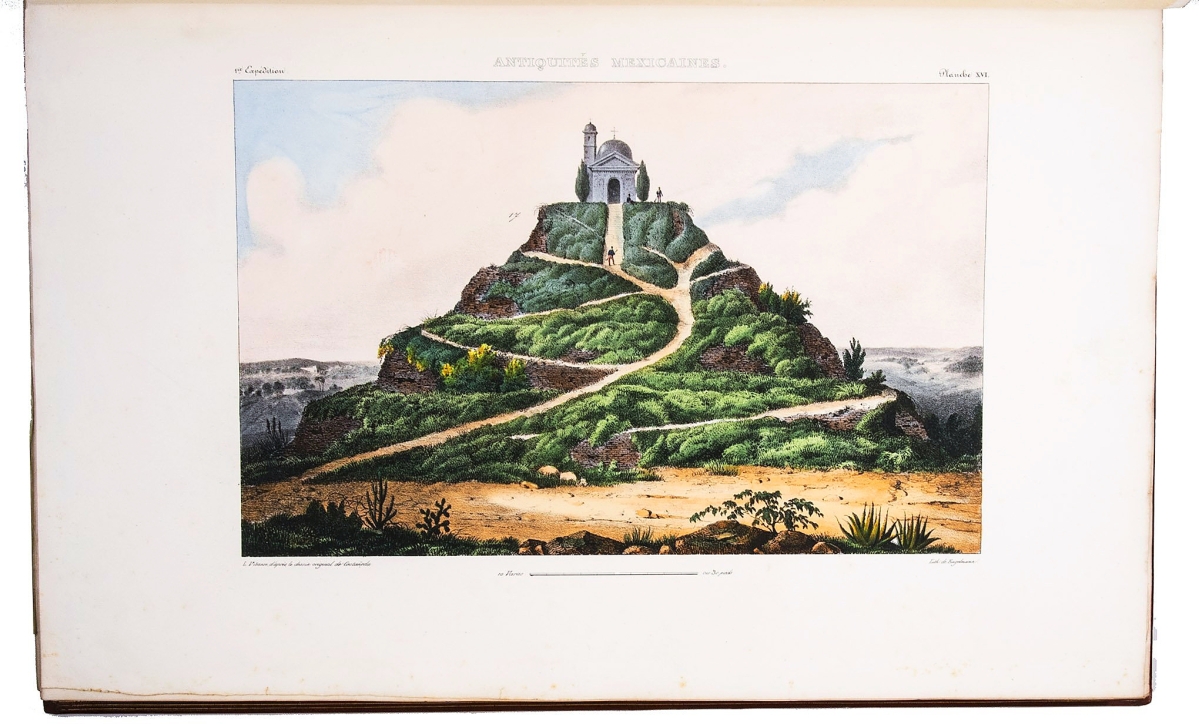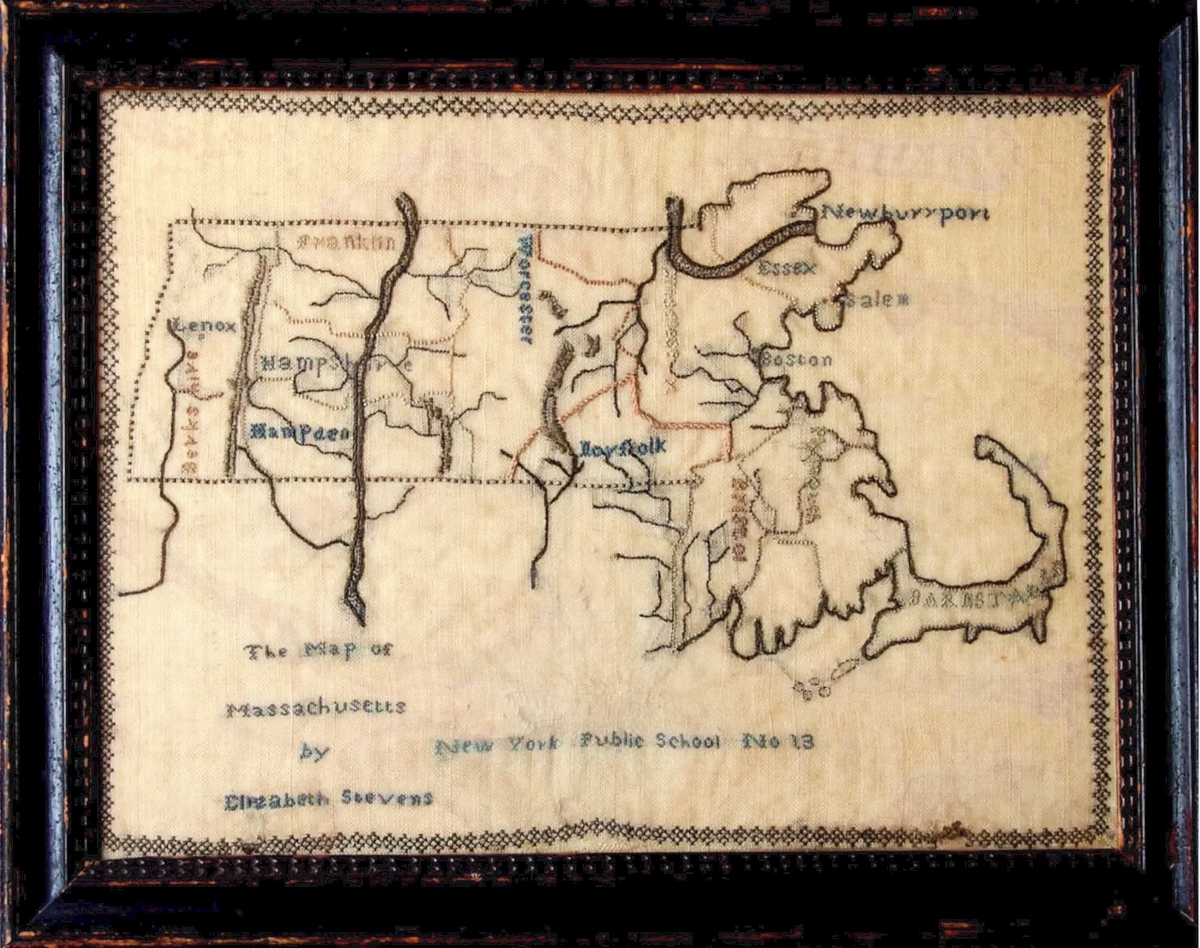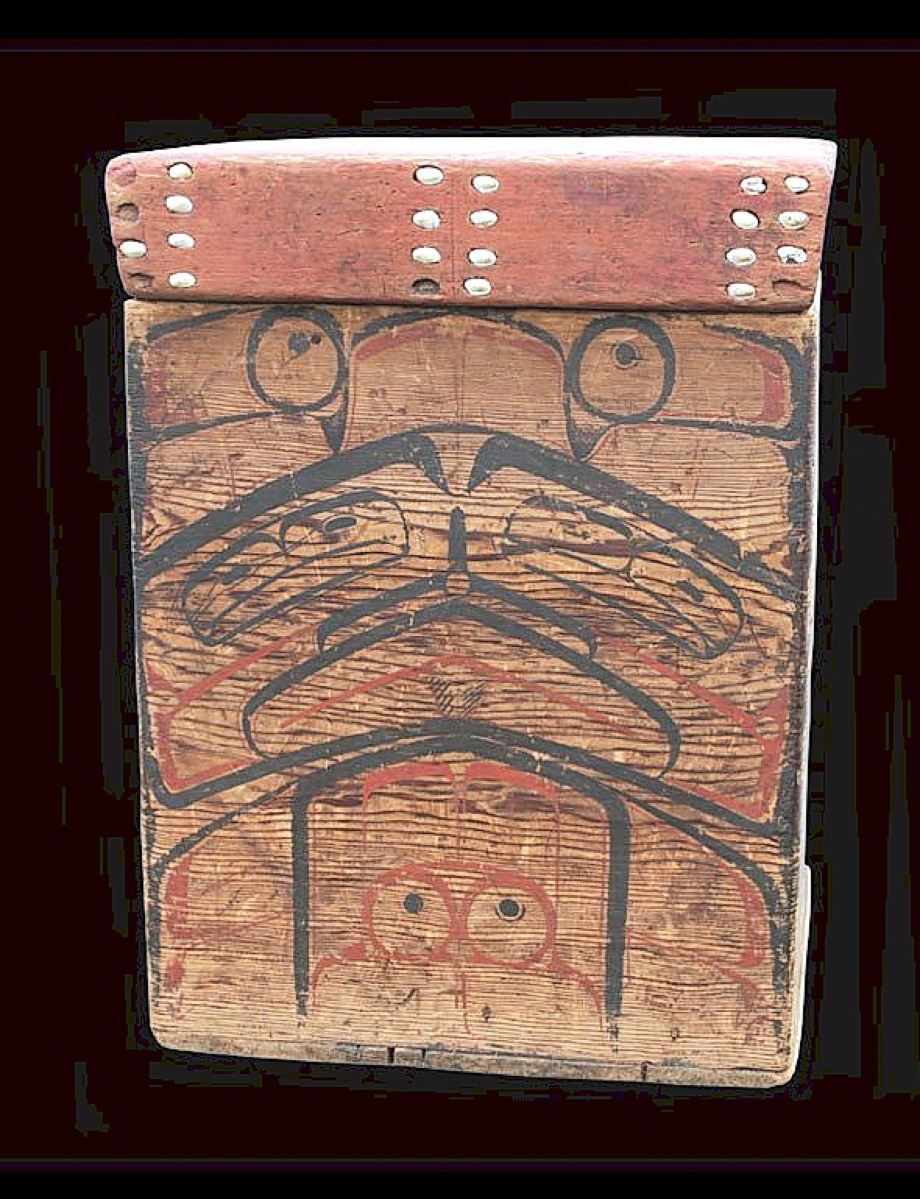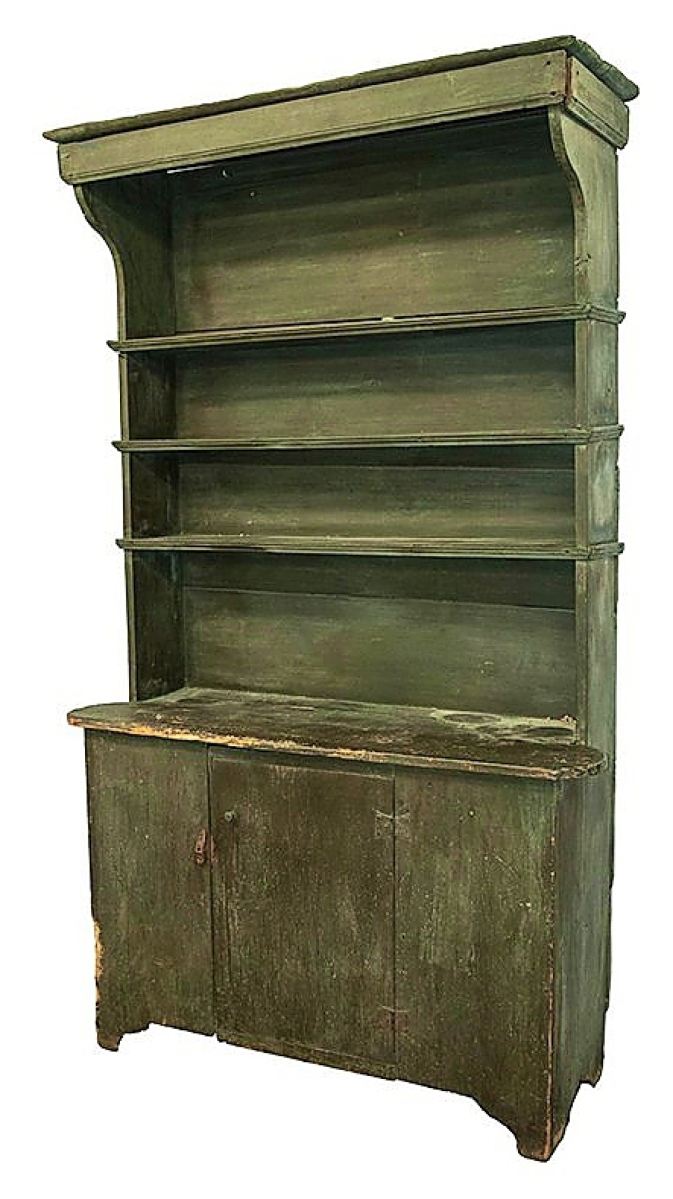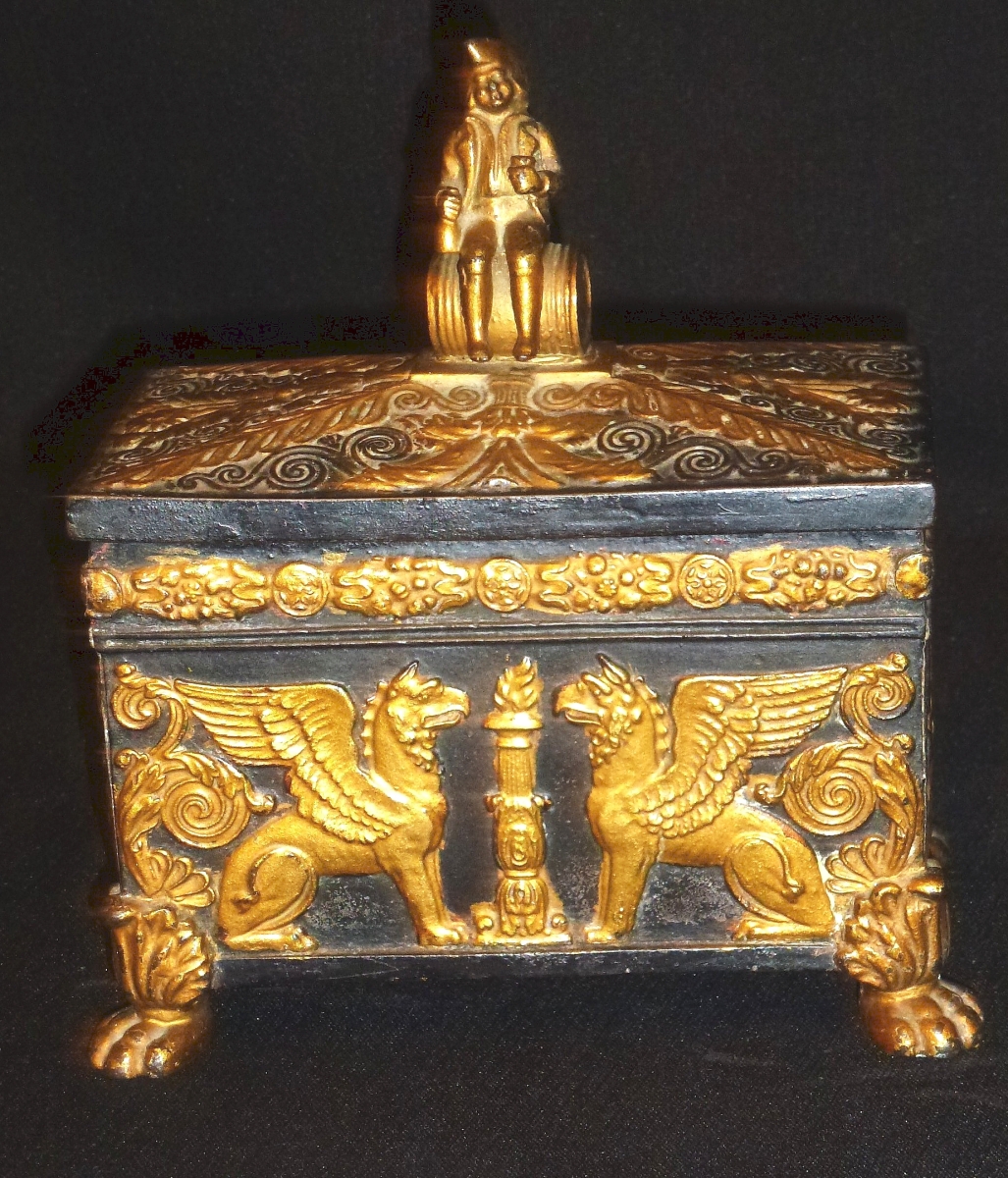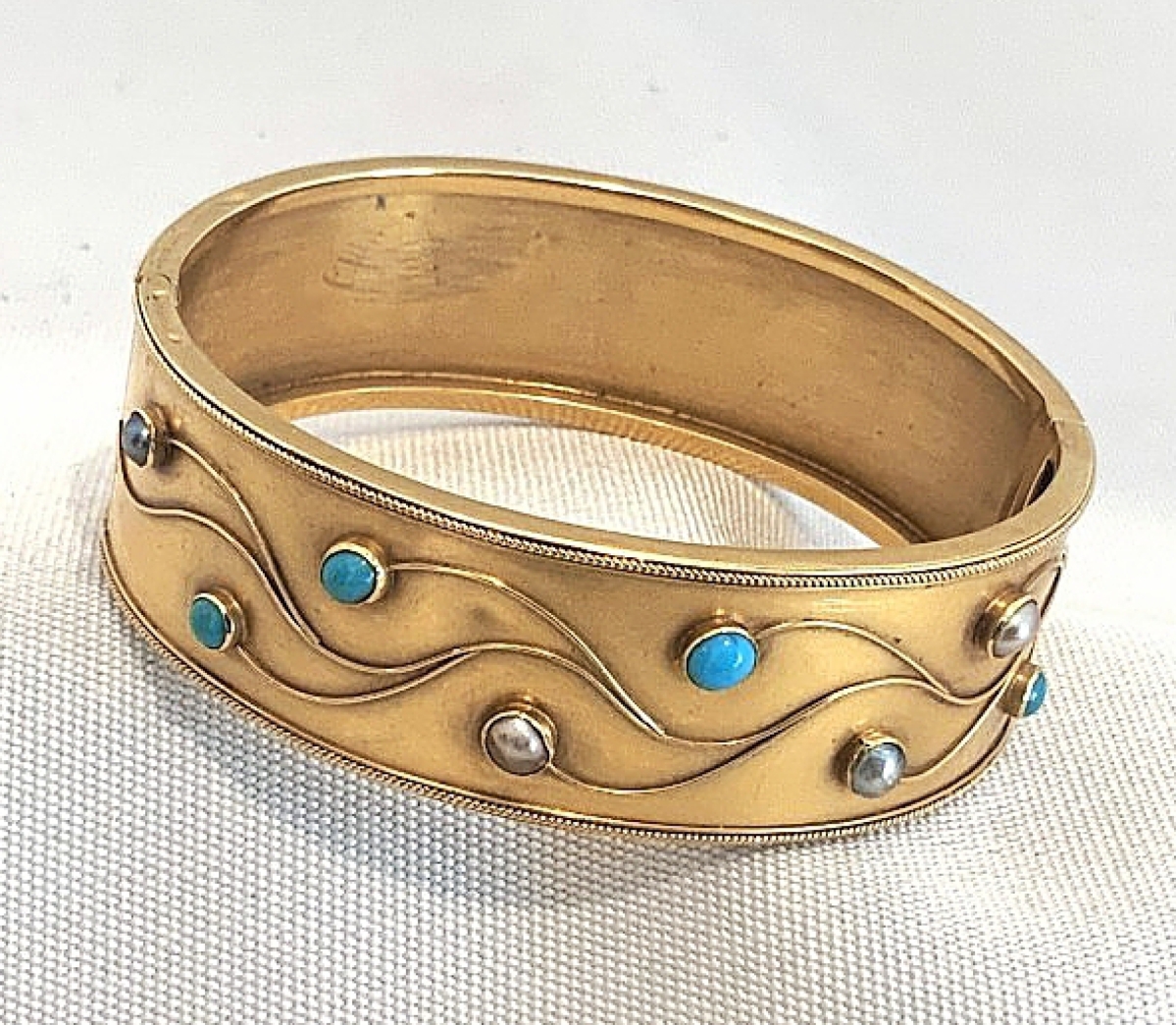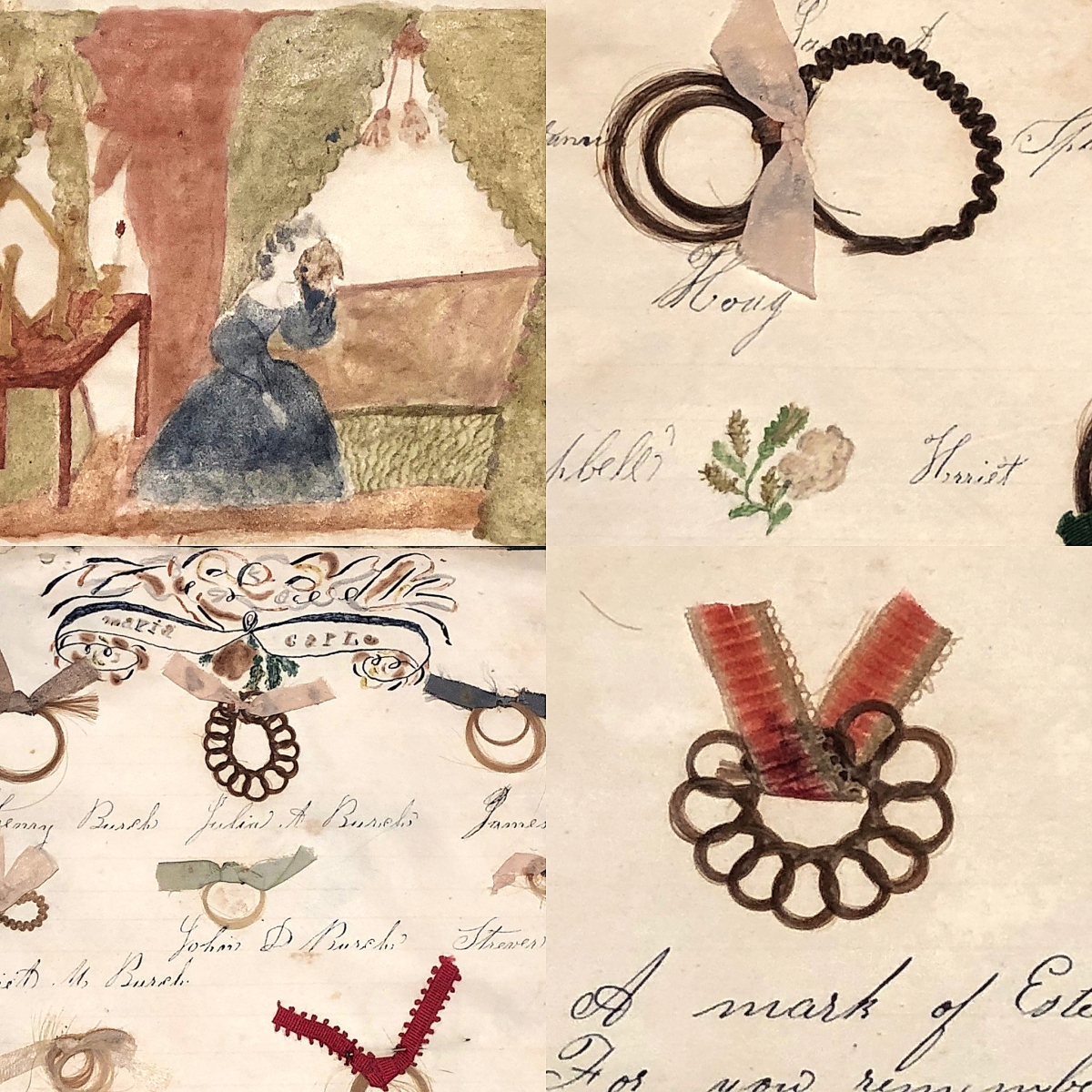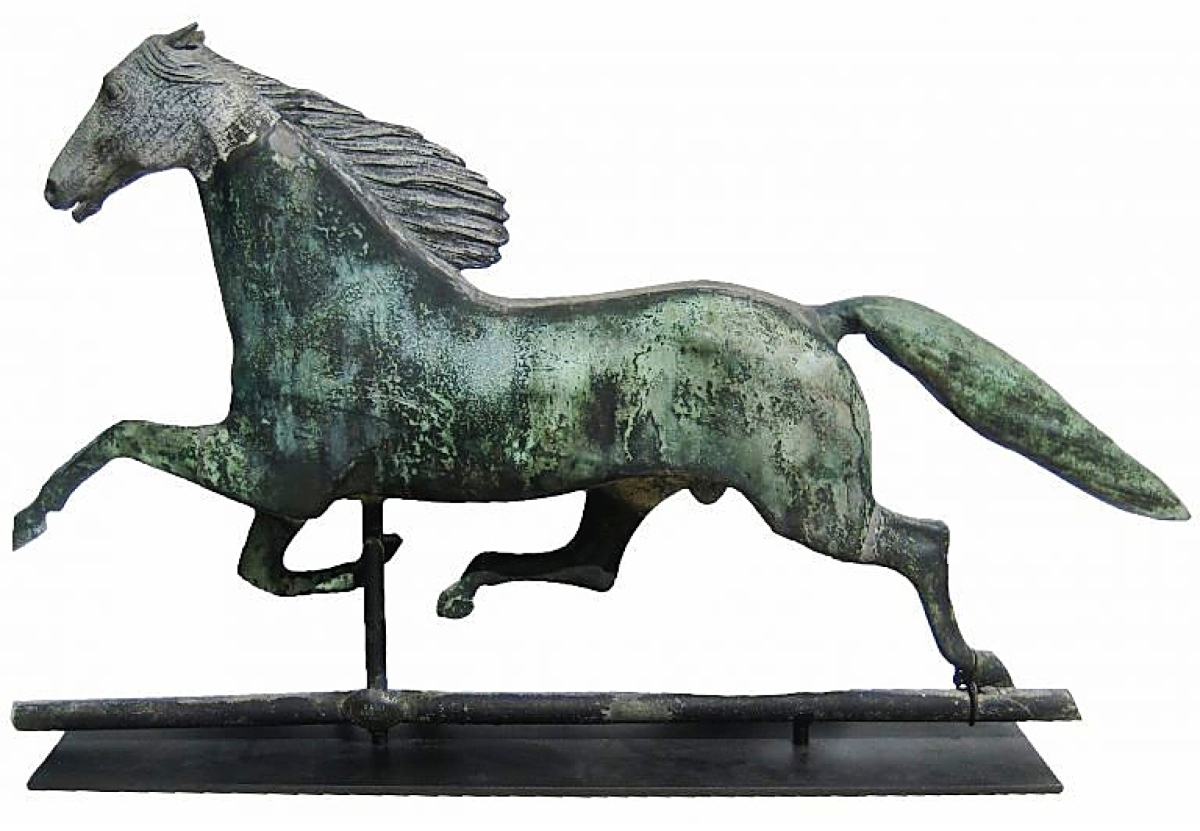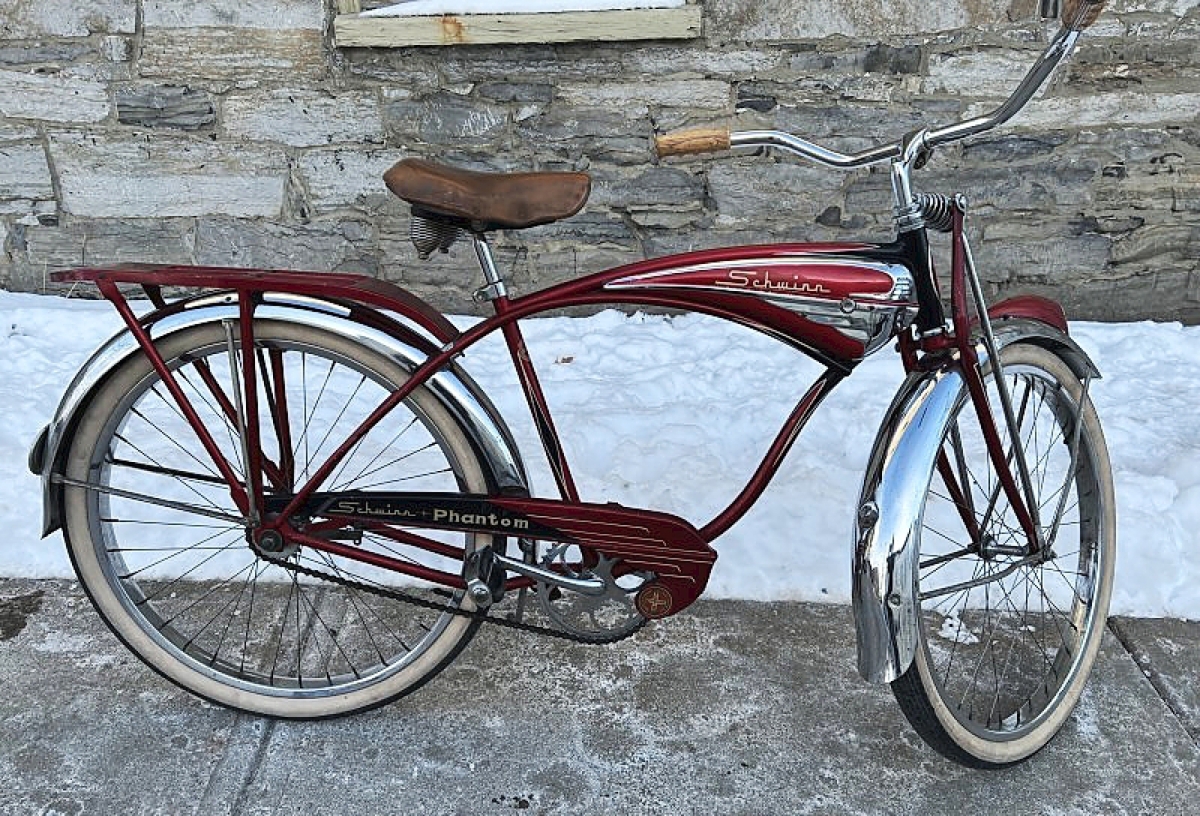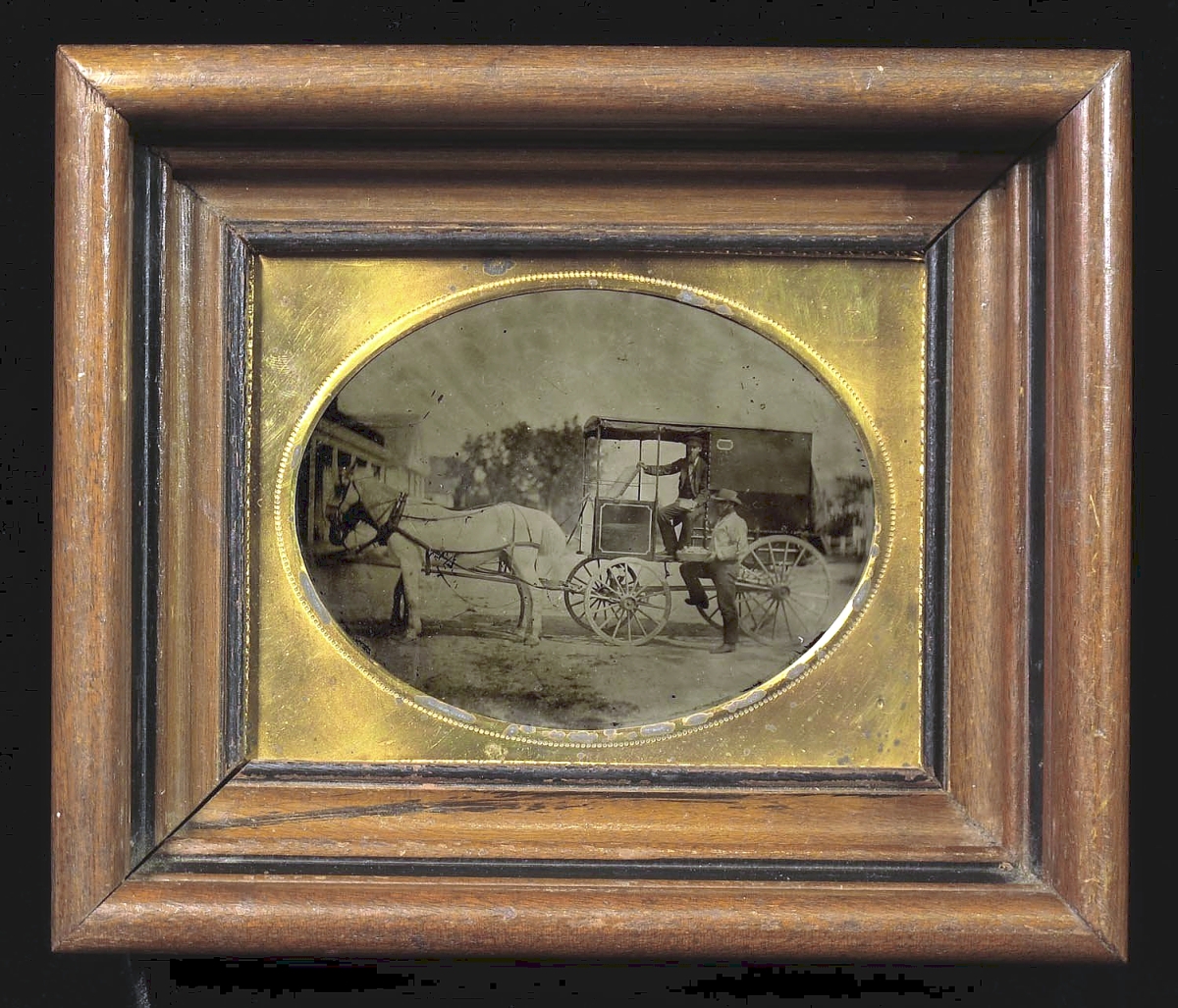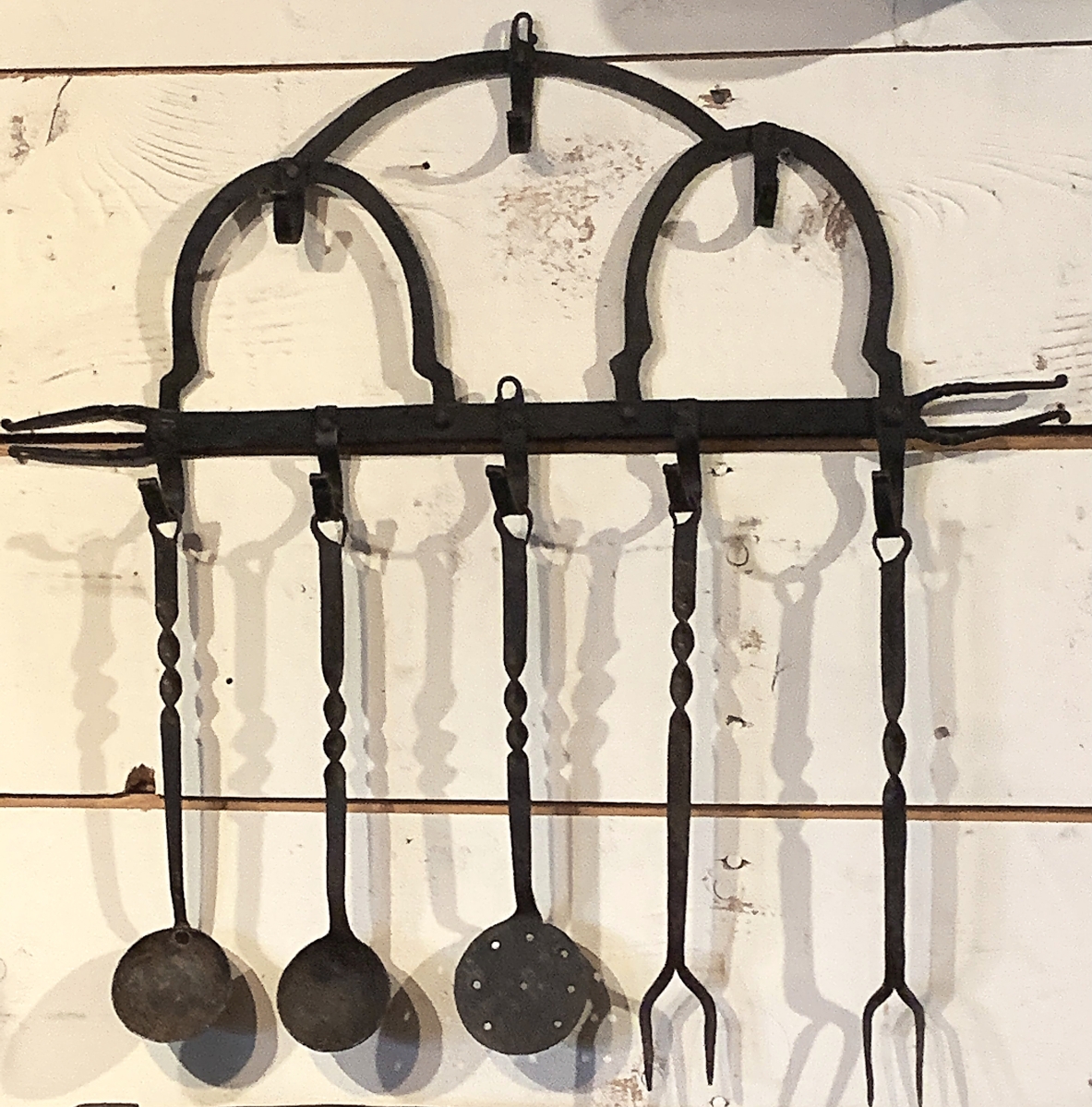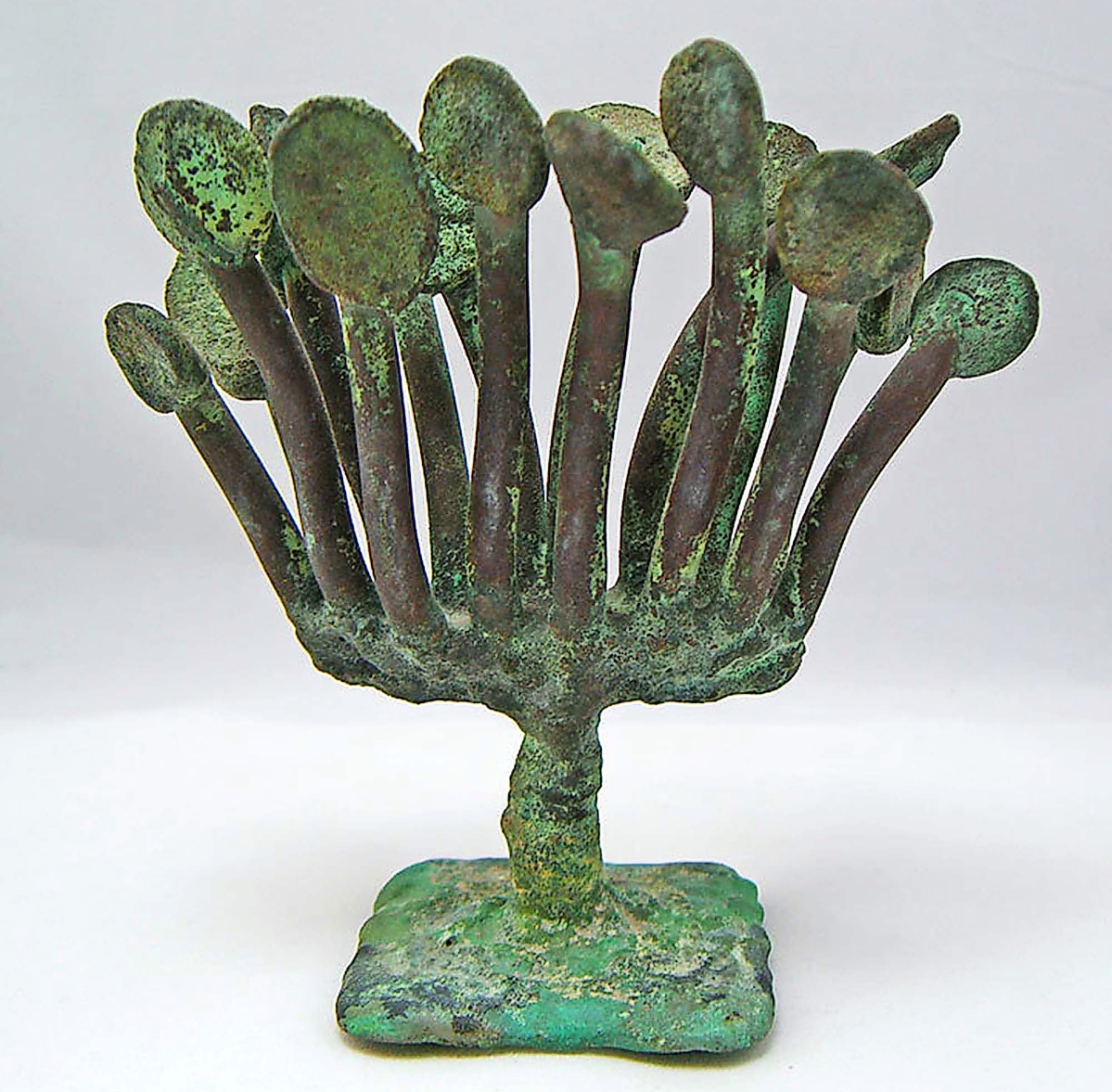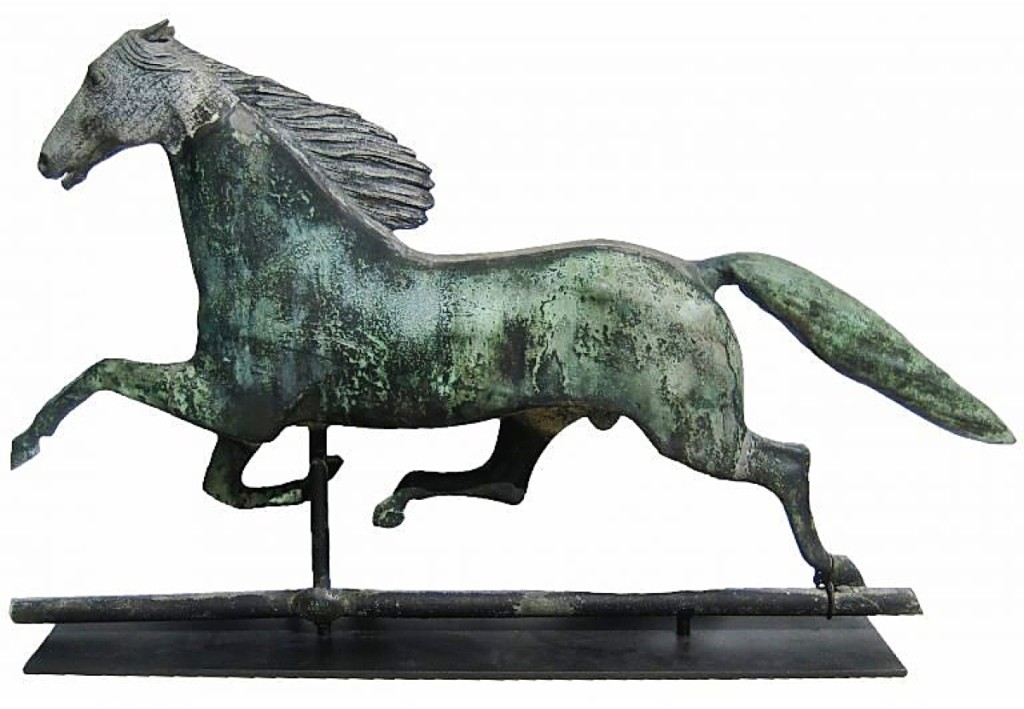
New Hampshire’s George Spiecker Fine Americana listed an Ethan Allen horse weathervane made by Cushing and White, circa 1868. It had a zinc head and mane and was priced $7,600.
Review by Rick Russack, Photos Courtesy Exhibitors
ONLINE – Marv Getman’s second annual online-only New York Antiques Show opened January 28 and ran through Sunday, January 30. Was it a success? Let the numbers, some supplied by Google Analytics, answer that question. There were 70 exhibitors. They came from 18 states, three Canadian provinces, and one was from the Netherlands. A total of 1,720 items were listed, photographed and described. By the end of the show, 265 items had been sold for a total of $202,267, 55 of which were priced over $1,000, and 23 sales were made over $2,000. The average sale price was $763, the median sale was $415, including one item that sold for more than $8,300. Visitors numbered 8,246, from all 50 states and nine foreign countries. Forty-six percent of the visitors were female; 77 percent were younger than 45. One dealer reported making more than 30 sales and another reported selling 24 items. So, to answer the question asked earlier in this paragraph, it seems safe to say, “Yes, the show was a success.”
If you, a dealer who has exhibited at shows, are contemplating those numbers, consider also the cost of doing the show. The maximum “booth” rental fee was $300, for which a dealer may show 27 items. Those dealers satisfied with listing fewer items have a choice of lower priced packages starting at $225. Dealers who have done shows know that the cost of a booth is just a part of the cost of doing a show; add vehicle costs, gasoline, motel rooms, meals, tolls, etc. How many shows draw crowds of more than 2,000 people? Not many: this one drew more than 8,000. Do these numbers tell us anything about the future of online-only shows? That’s not for us to say, but the figure of 77 percent of attendees being under the age of 45 stands out.
The show is dealer friendly. Getman uses a proprietary website for this and other virtual shows that he produces, and that website is constantly being improved. One of the improvements for this show was a better image viewer allowing prospective buyers to enlarge images. The website is designed to draw shoppers back to the show. When an item is sold, it is automatically replaced and that replacement is identified as a new listing. For this feature to work, dealers submit three listings in addition to the ones posted in their booths and the replacements are automatically added in the order the dealer chooses. On Sunday morning, the final day of the show, exhibitors may list three new items; the object being to draw shoppers back to the show on the final day.
Dealers may use as many photographs of an item as they wish; in some cases, there are 20 or more photos of items. Descriptions of items are as thorough as the dealer wishes them to be: descriptive text is not limited. Dealers are encouraged to include links to their own website with their listings, thus increasing their potential for sales and providing more items for shoppers to look at. Item descriptions include the exhibitor’s email and phone number so that questions can immediately be answered. For dealers who are not comfortable with how to use the show software, two other dealers have agreed to take the time to help “newbies.”
For several years, Getman has been making extensive use of social media to promote his shows. His own mailing list has more than 25,000 names and those folks get periodic updates and reminders about the show. To ensure quality of the offerings, dealers requesting space, who are not known to Getman, are “vetted” by dealers Getman knows well.
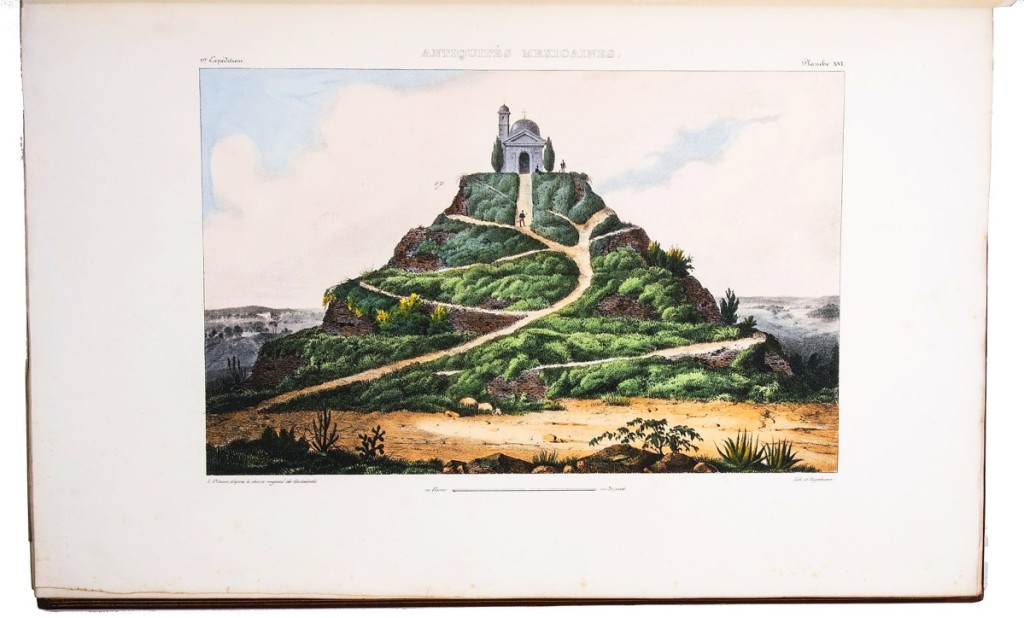
At $111,500, the most expensive item available in the show was offered by Dutch dealer Antiquariaat FORUM. It was a two-volume set of 162 mostly hand colored lithographs of antiquities of Mexico, especially Mayan ruins, published between 1805 and 1807.
What sort of things do dealers list? The same variety of things you would find at a live show with the same price range you’d see at leading shows, including some six-figure prices. Painting dealers show paintings, jewelry dealers display jewelry, Oriental rug dealer feature rugs, ceramics dealers list a wide variety of American, English and European ceramics, and some dealers who are willing to deal with the logistics exhibit furniture. Many brought a wide variety of Americana: decoys, hooked rugs, weathervanes, woodenware, historical memorabilia, redware, stoneware, native American items and much more.
Some of the most expensive items at the show were offered by Antiquariaat FORUM, from the Netherlands. The most expensive, $111,500, was a two-volume set of colored lithographs of Mayan antiquities bound for Czar Alexander II. It included 162, mostly hand colored, lithographs of antiquities of Mexico, especially those of the Mayan city of Palenque, based on the expeditions of Captain Guillermo Dupaix in the years 1805 to 1807. It was later bound in gold-tooled red Morocco leather with the arms of Czar Alexander II of Russia. They also listed an ostrich egg engraved with a detailed whaling scene, circa 1827, priced at $10,750 and a Babylonian cuneiform clay tablet with a “Lexicon of wooden objects.” It was dated as circa 1700-1200 BCE. Their descriptions of these items were detailed and extensive.
What sort of things sell? Again, the same type of things that would sell at a live show. Are shoppers willing to purchase expensive items at an online show. The answer is “Yes.” At Getman’s Nineteenth Century photographica fair in October 2021, an important half plate daguerreotype, listed for $175,000, sold. (It was believed to be the first daguerreotype taken on the American plains, in July of 1850, and depicted members of the “Cherokee & Creek Boundary Survey Expedition.”)
Dealers offering furniture included Jim Lowery, Baldwinsville, N.Y., who offered a circa 1780-1800 Berks County, Penn., dower chest with original painted decoration that was priced at $12,850. Bytown Vintage, Ontario, Canada, listed an Irish mahogany Queen Anne tea table for $2,500. Massachusetts dealer Linda Rosen had a large pewter cupboard in old green paint for which she was asking $5,800. There were other pieces of furniture listed as well.
Jan and John Maggs, Conway, Mass., are known for selling Seventeenth and Eighteenth Century English furniture and fine jewelry. They offered a selection of furniture including a Seventeenth Century joined oak coffer with three arcaded panels, a two-board top, original hinges and original lock. They were asking $1,250 and it sold quickly. Their descriptions are extensive, and they include a link to their website. After the show, John Maggs said they sold a total of 30 items as a result of the show; some directly from the show listings and some from show attendees who used the link to their website and purchased other items. They sold five pieces of furniture. The most expensive item they sold was a $4,000 diamond ring, which sold within five minutes of the show opening.
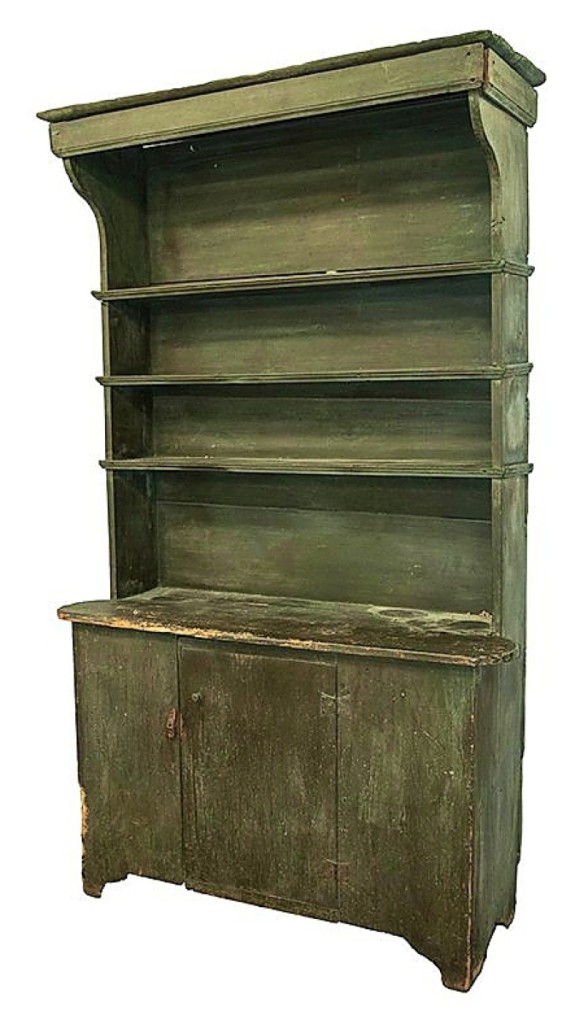
Massachusetts dealer Linda Rosen Antiques was one the dealers listing large pieces of furniture. This hooded pewter cupboard, with old green paint, was priced $5,800.
Dave Thompson, South Dennis, Mass., sold 24 items, mostly priced under $1,000. “One of our most interesting sales was a Seneca/Tuscarora (Haudenosaunee) early Nineteenth Century beaded bag that was purchased by a member of the Tuscarora Tribal Nation. Our sales were made to customers in Idaho, Kansas, Missouri, Michigan, Maine, Vermont, New Hampshire, New York, Massachusetts, Pennsylvania, Illinois, as well as Nova Scotia, including several items to new customers,” Thompson said. “We’ve wondered about how many in-person shows it would have taken to have made this many connections to people all over North America.” Many were sales to customers they had never done business with before. An example of the detailed descriptions included by some dealers was the multi-page discussion and detailed history of a half-plate outdoor occupational ambrotype of a horse-drawn delivery wagon the Thompsons sold for $375.
Oliver Garland, Falmouth, Mass., sold three items, one of which was a framed King Charles II document, priced at $3,000, which was featured in last week’s edition of Antiques and The Arts Weekly. Garland said, “This was the first time I did one of Getman’s online shows. The software was a dream – really simple to use. It was a learning experience for me, and I think I have a better idea now of what sort of stuff is most likely to sell. The sales more than justified the expense.”
A sampling of other items sold would include Memories of Manhattan In The Sixties And Seventies by Charles T. Harris, listed with Back Door Books; an Eighteenth Century Queen Anne wooden doll listed by Blue Dog Antiques; a circa 1830 hand carved shaved broom listed by Country Cupboard Antiques; and a Red Breasted Merganser drake decoy listed by For The Shelf Antiques. This list could go on and on.
Dealers we spoke to were uniform in their praise of Marv Getman and the software. They were equally appreciative that they have the leeway to present their merchandise in the way they think most effective. There are simple instructions for uploading items and photos. His software can be licensed to dealer associations producing their own shows. Getman said, “everything we do is done to increase the business the dealers do. We do not handle any money or get a percentage of sales, so encourage dealers to link to their own websites and to be available for questions during the time the show is live on the internet. So far, it’s working, and each is a little better than the one before. If the dealers succeed, so will I.”
For additional information, www.neantiqueshows.com.

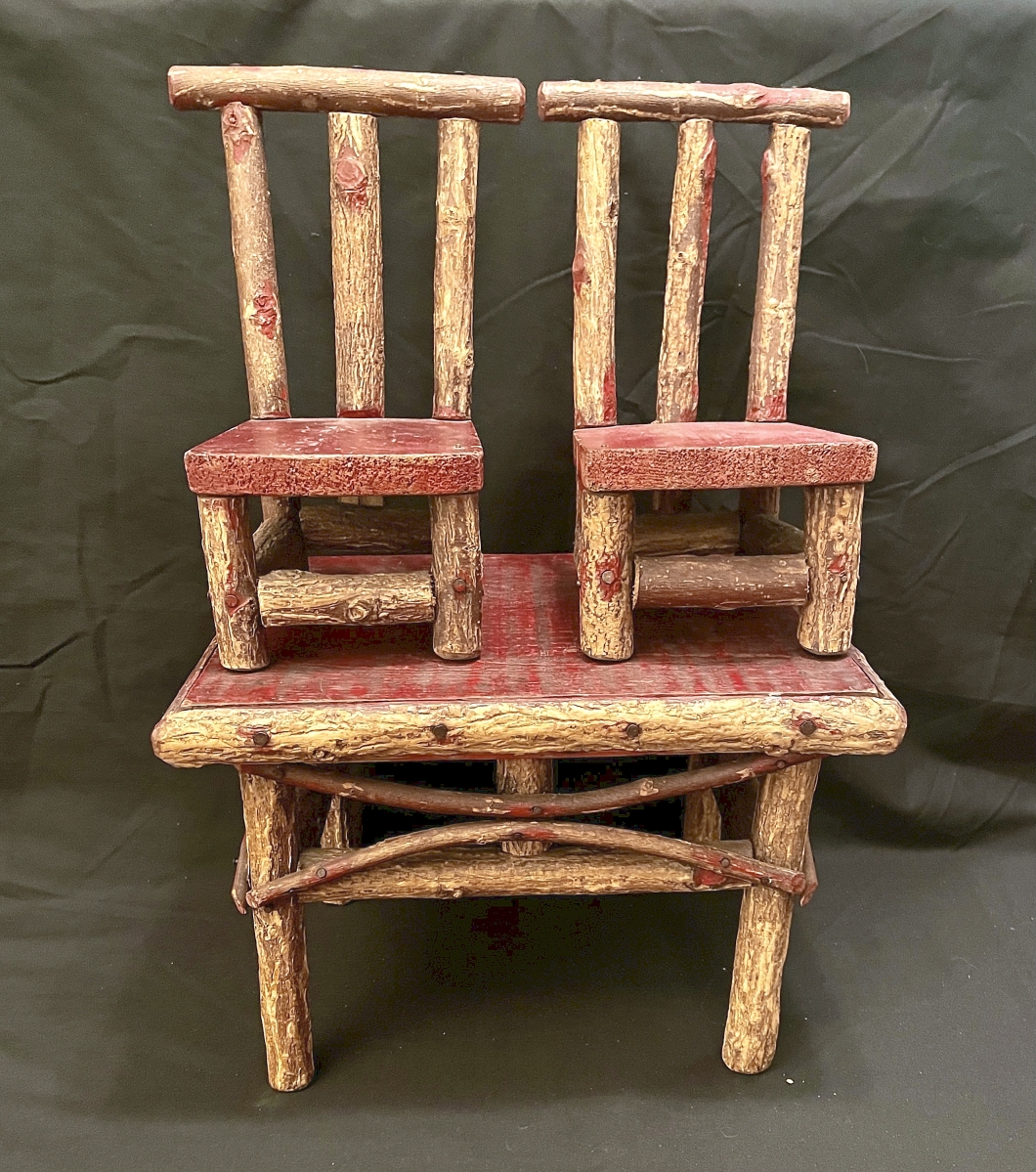
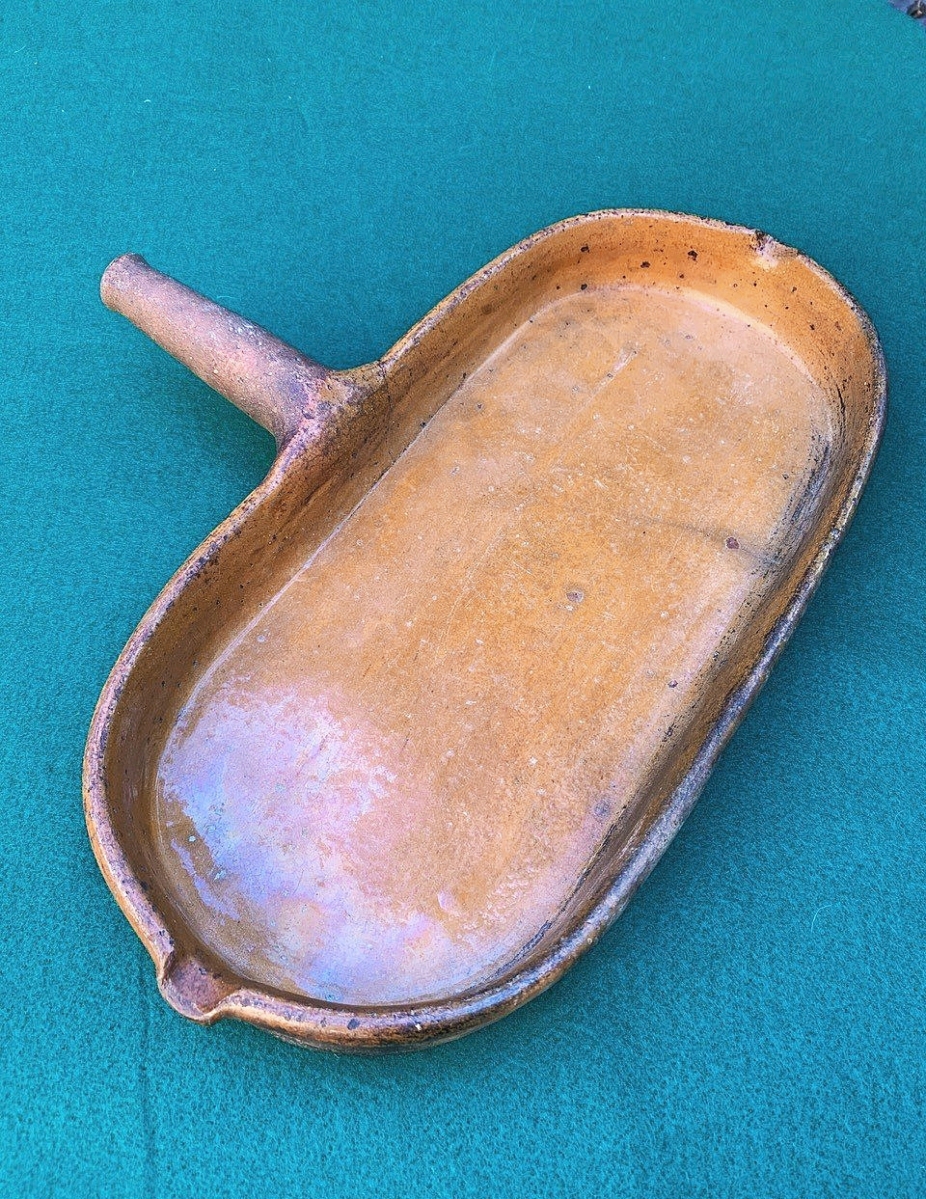
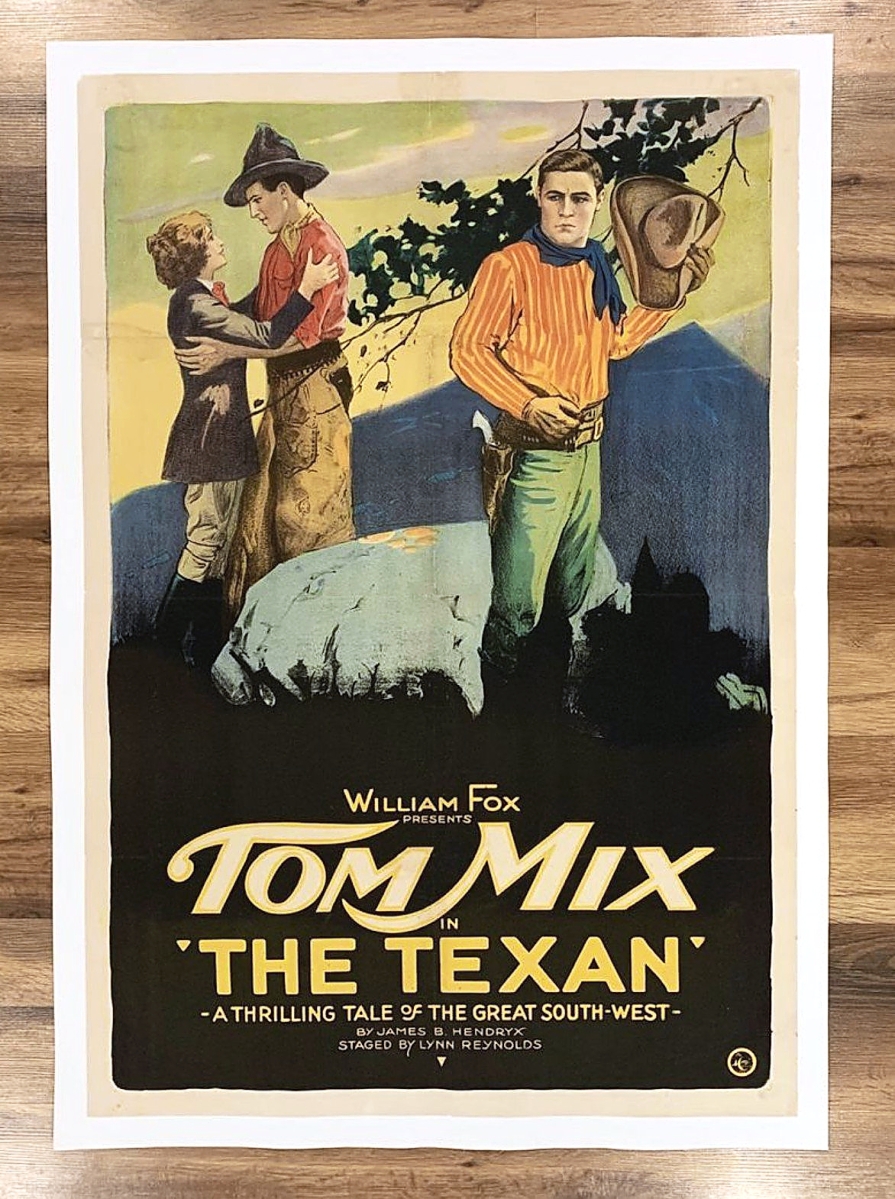
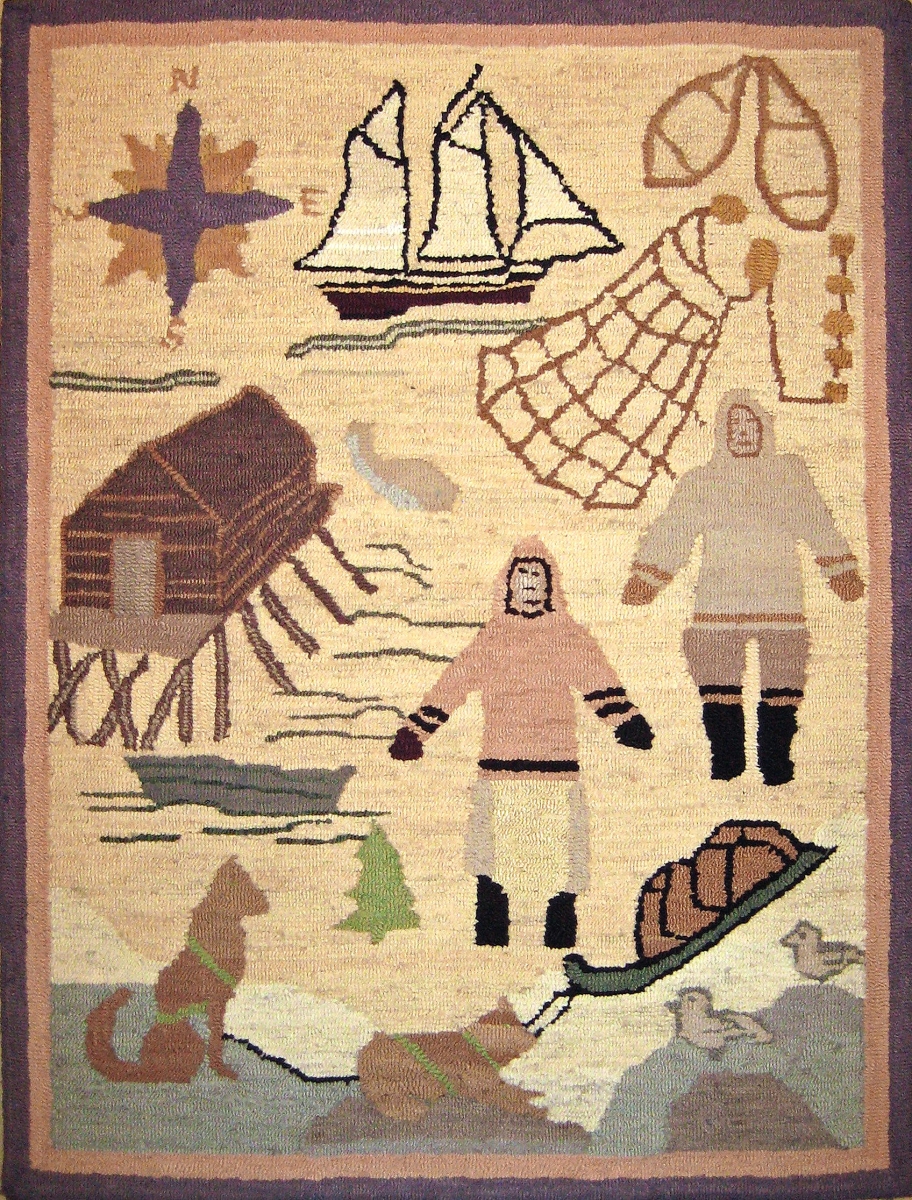
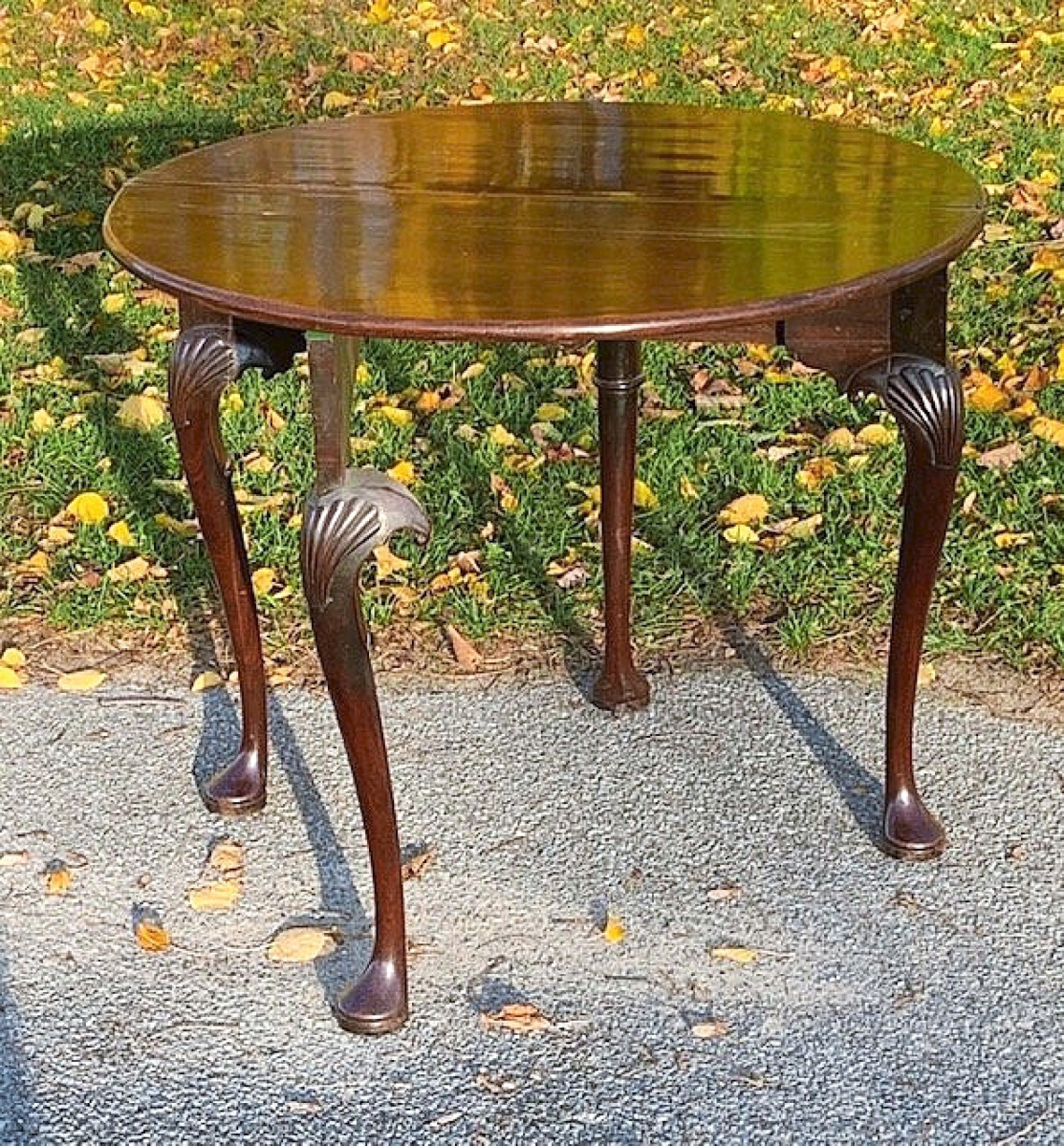
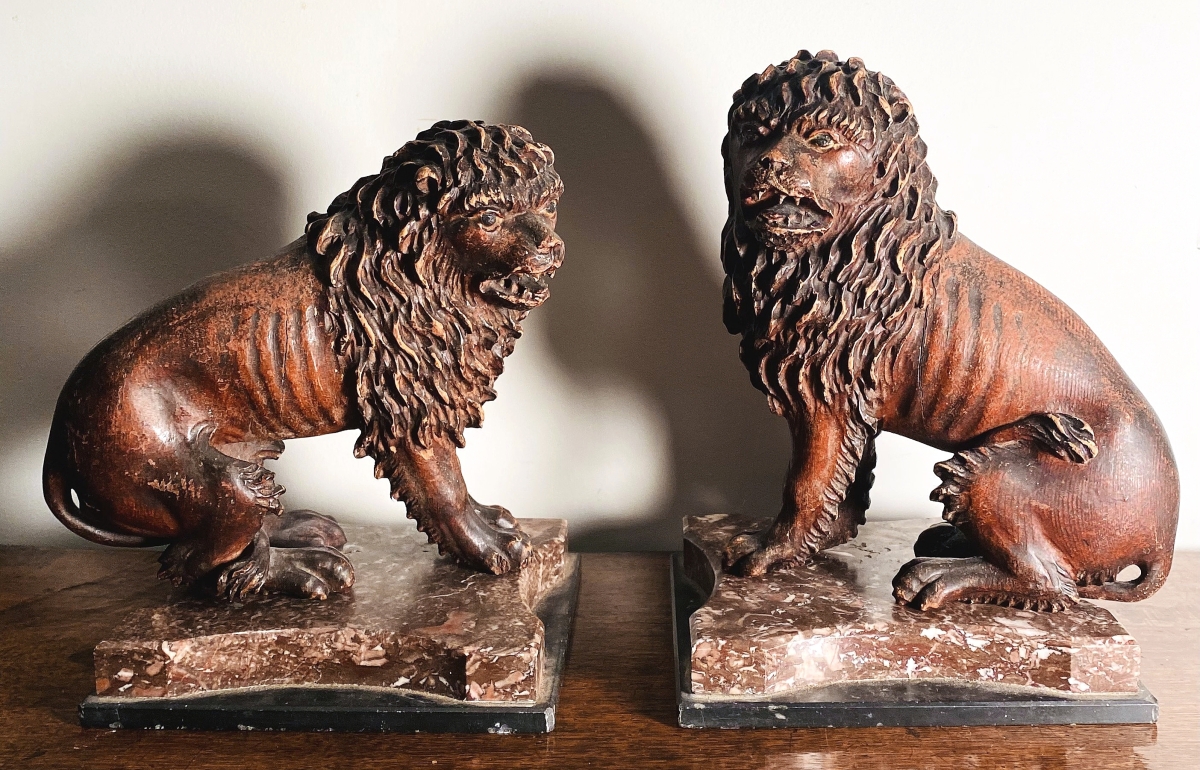
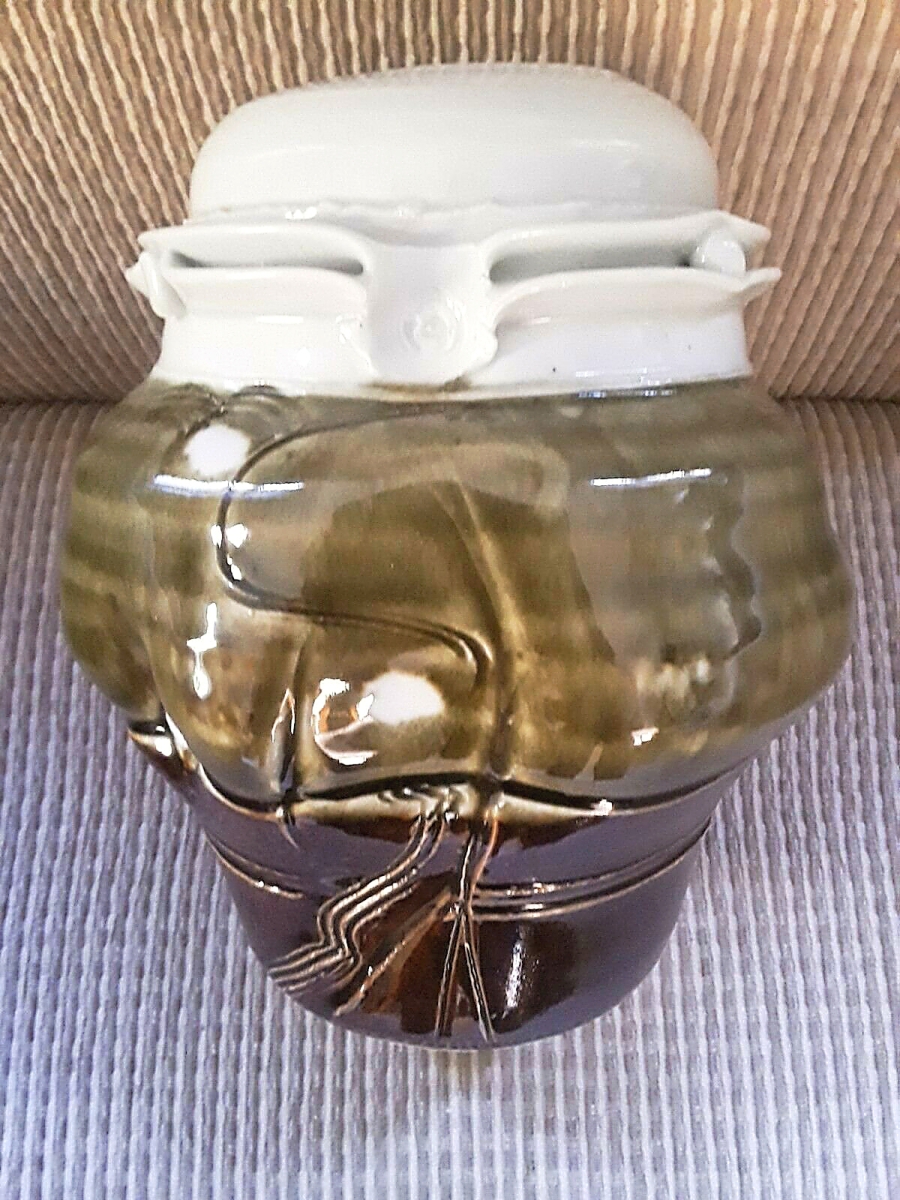
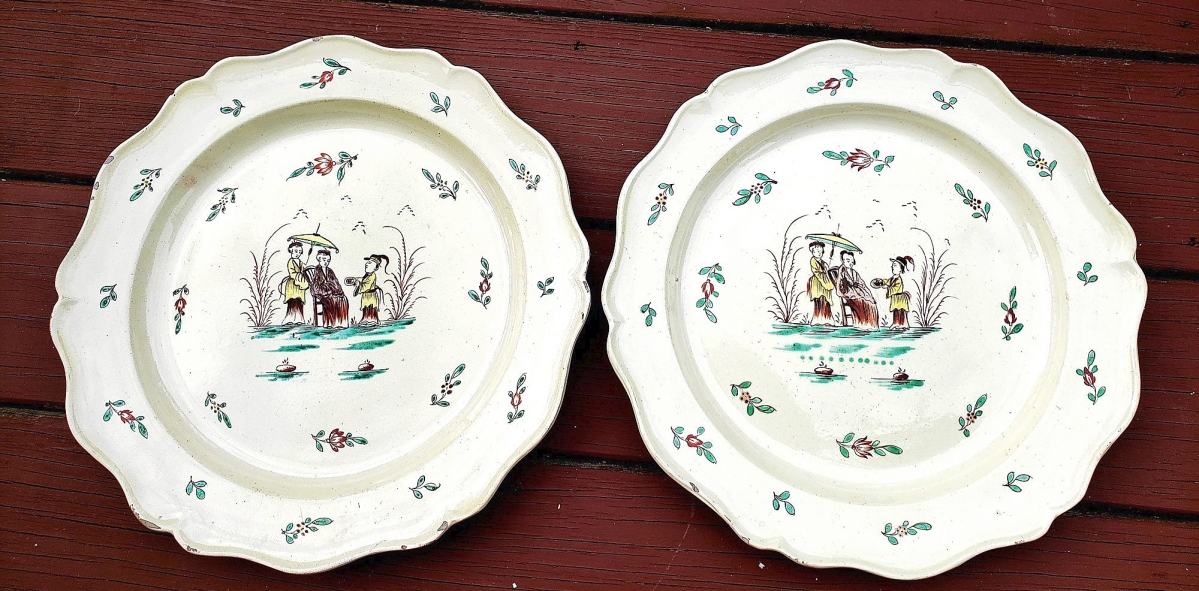
.jpg)
